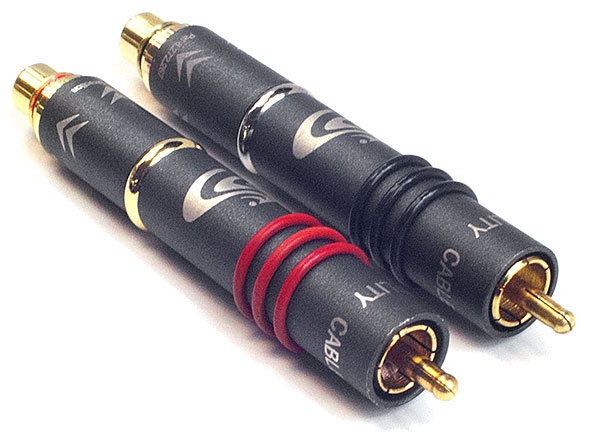| Columns Retired Columns & Blogs |
Thanks Art for you article on High Fidelity adapter .
So Sorry you were not aware of the break in time for magnetic products.
All of Ricks magnetic products require a few weeks to a month to sound their best.
They can sometimes sound bad at first so it takes patience.
With proper break in, the HF full loom My friends and I have create the most
"Live" sound I've ever experienced or imagined.
Seems like you had fun saying bad things. Too bad you missed something so spectacular by not being properly informed and prepared.











































